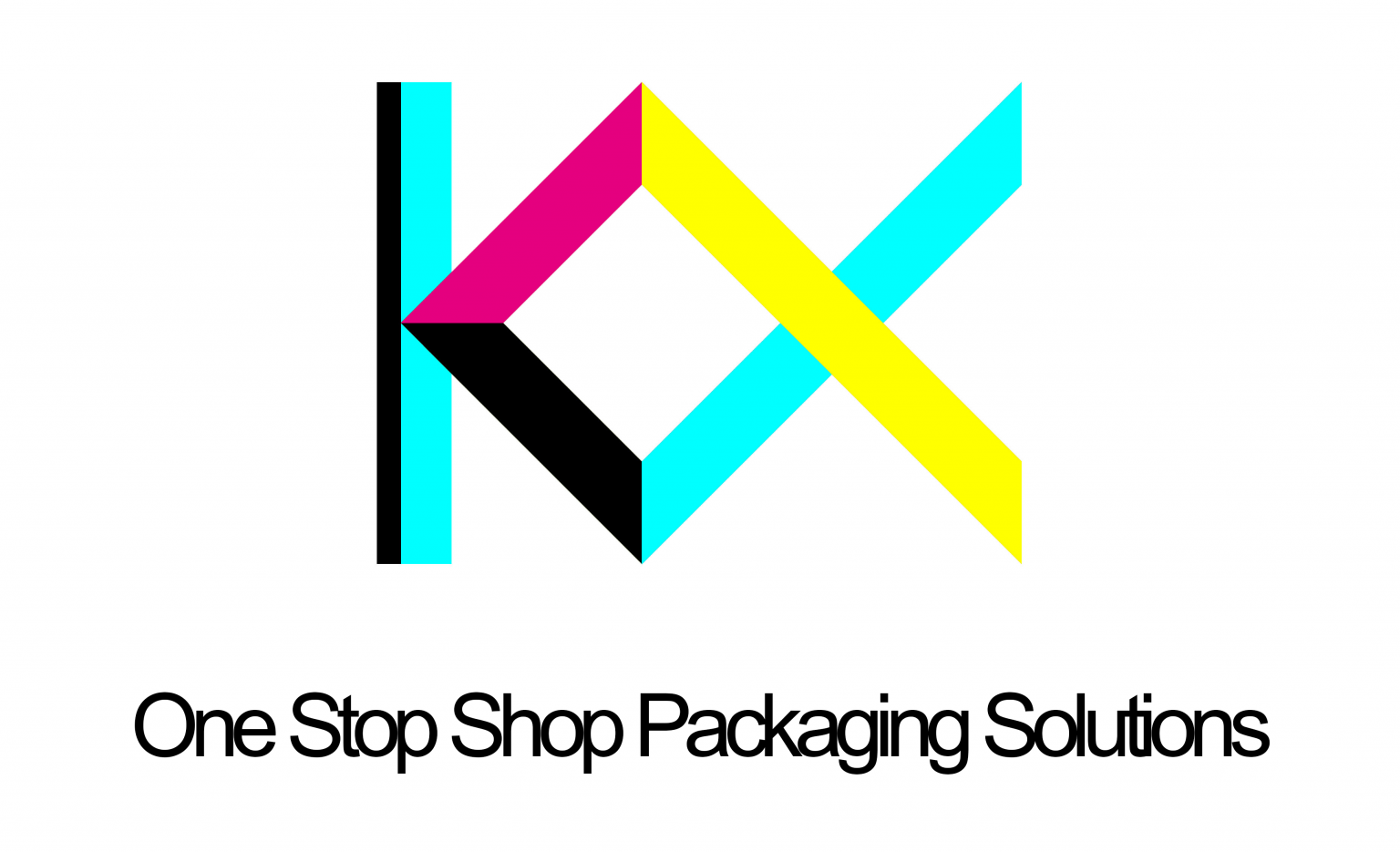Welcome to Our Blog

Materials and Advantages of Spout Pouches: A Comprehensive Overview
Spout pouches have emerged as one of the most innovative and versatile solutions in the packaging industry. These pouches, commonly used for liquids, semi-liquids, and pastes, have gained popularity due to their convenience, efficiency, and eco-friendly nature. From beverages to sauces, cosmetics, and even pet food, spout pouches offer a wide range of applications. But what sets them apart from traditional packaging? In this article, we will explore the materials and advantages of spout pouches, with a special focus on how Kexin Packaging leverages digital printing technology and its comprehensive capabilities in producing laminated spout pouches.

Dry Lamination vs. Solventless Lamination in the Production of Plastic Soft Packaging Bags: A Comparison
In the production of plastic soft packaging bags, lamination plays a crucial role in ensuring durability, protection, and aesthetic appeal. Among the various lamination techniques, dry lamination and solventless lamination are two prominent methods, each with its unique characteristics and advantages. This article explores the differences between these two lamination methods, focusing on the role of digital printing technology and how Kexin Packaging, a leading manufacturer in the field, is utilizing these techniques to offer a complete range of composite packaging bags.

How Many Methods of Plastic Degradation Are You Familiar With?
Plastic waste has become one of the most pressing environmental challenges of the modern world. As plastic pollution continues to rise, understanding the various methods of plastic degradation is essential in finding sustainable solutions. From natural processes to advanced technological approaches, plastic degradation can occur in several ways. In this article, we will explore the different methods of plastic degradation and how digital printing on biodegradable plastics can be an innovative solution to both environmental and branding challenges.

Why Does Digital Printing on Plastic Packaging Bags Experience Color Variations? And How to Solve It
Digital printing has revolutionized the packaging industry, especially for plastic bags, providing businesses with high-quality, customizable designs at relatively low costs. However, one common issue that arises in digital printing for plastic packaging is color variation or color inconsistency. Even with advanced technology, achieving perfect color accuracy can be challenging. In this article, we will explore the reasons behind color discrepancies in digital printing on plastic bags and discuss effective solutions to mitigate these issues.

How to Distinguish Between AL Bags and VMPE Bags: Key Differences
In the packaging industry, understanding the differences between AL bags (Aluminum bags) and VMPE bags (Vacuum Metallized Polyethylene bags) is crucial for choosing the right packaging solution. Both types of bags are widely used for various applications, particularly in food and pharmaceutical packaging, due to their excellent barrier properties. However, they differ in material composition, protective capabilities, cost, and digital printing technology compatibility.

Where is the Flat Bottom Pouch Expensive?
Flat bottom pouches have gained significant popularity in the packaging industry due to their unique structural advantages and aesthetic appeal. These pouches are widely used for packaging a variety of products, including snacks, pet food, coffee, and powders. However, despite their growing demand, flat bottom pouches can be expensive compared to other packaging options. This article will explore the factors that contribute to the high cost of flat bottom pouches, with a particular focus on digital printing technology and its role in driving up the cost of production.

How Can Flexible Packaging Companies Ensure Production Amid Sudden Temperature Drops?
As the world grapples with unpredictable weather patterns, businesses, including flexible packaging companies, are facing new challenges. Sudden temperature drops can have a significant impact on the production process, especially for soft packaging materials like plastics and laminates. In this article, we will discuss how flexible packaging companies can navigate the challenges posed by extreme temperature fluctuations and ensure consistent, high-quality production.

Is the One-Way Degassing Valve Important for Coffee Bean Packaging?
When it comes to packaging coffee, preserving freshness and flavor is crucial. Coffee beans are a highly perishable product, sensitive to air, moisture, and light, all of which can degrade their quality. Therefore, an essential component of coffee bean packaging is the one-way degassing valve, which plays a critical role in maintaining the freshness of the beans. In addition to its functional importance, the packaging design, enhanced by digital printing technology, can significantly contribute to the product’s market appeal. This article will explore why the one-way degassing valve is essential for coffee packaging and how digital printing can be used to enhance the packaging’s functionality and aesthetic appeal.

How to Create a Unique Coffee Packaging Bag: The Role of Digital Printing in Design and Customization
In the crowded coffee market, standing out from the competition is essential for building a strong brand identity and attracting consumers. The packaging of your coffee product plays a crucial role in this process, as it not only protects the contents but also serves as the first point of contact with potential customers. A well-designed coffee packaging bag can convey your brand story, highlight the quality of your product, and make a lasting impression. One of the most powerful tools in crafting distinctive and eye-catching coffee packaging is digital printing technology. This article will explore how to design a unique coffee packaging bag and the benefits of using digital printing to achieve a standout design.
